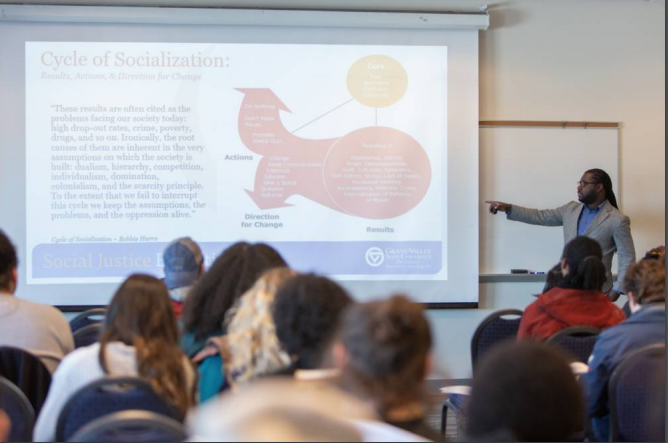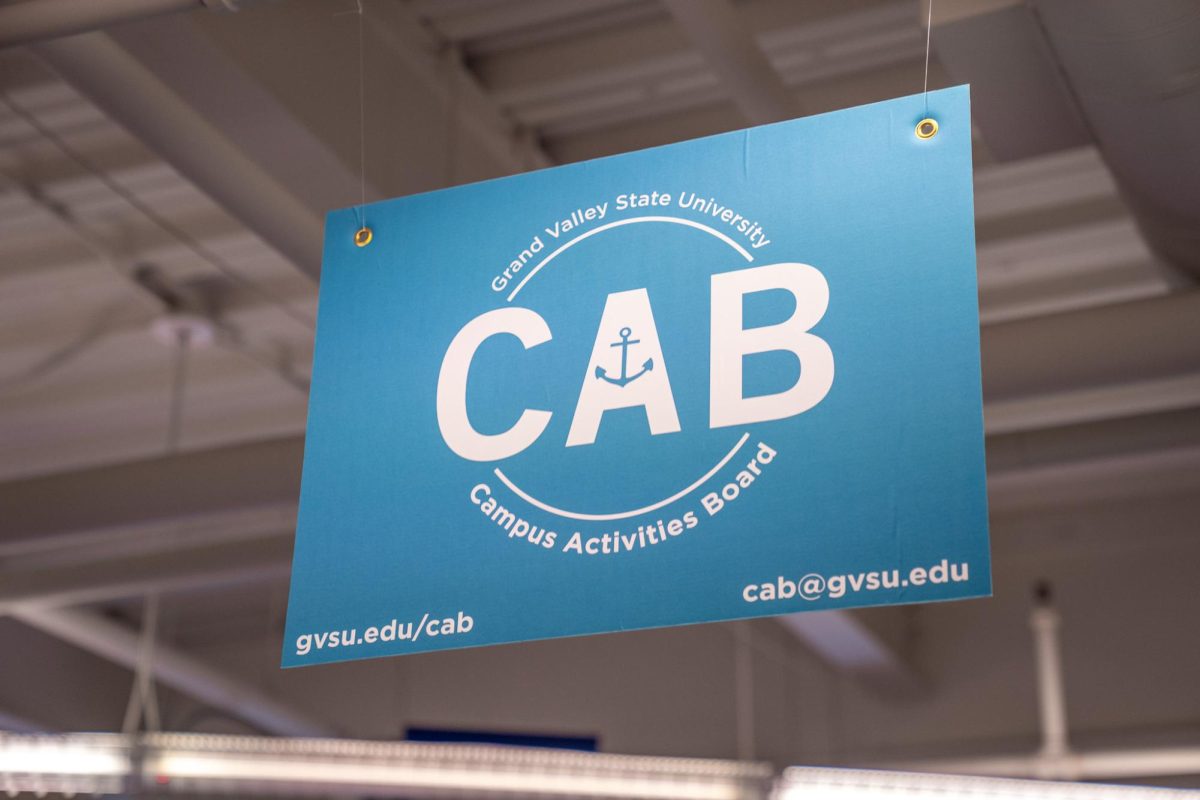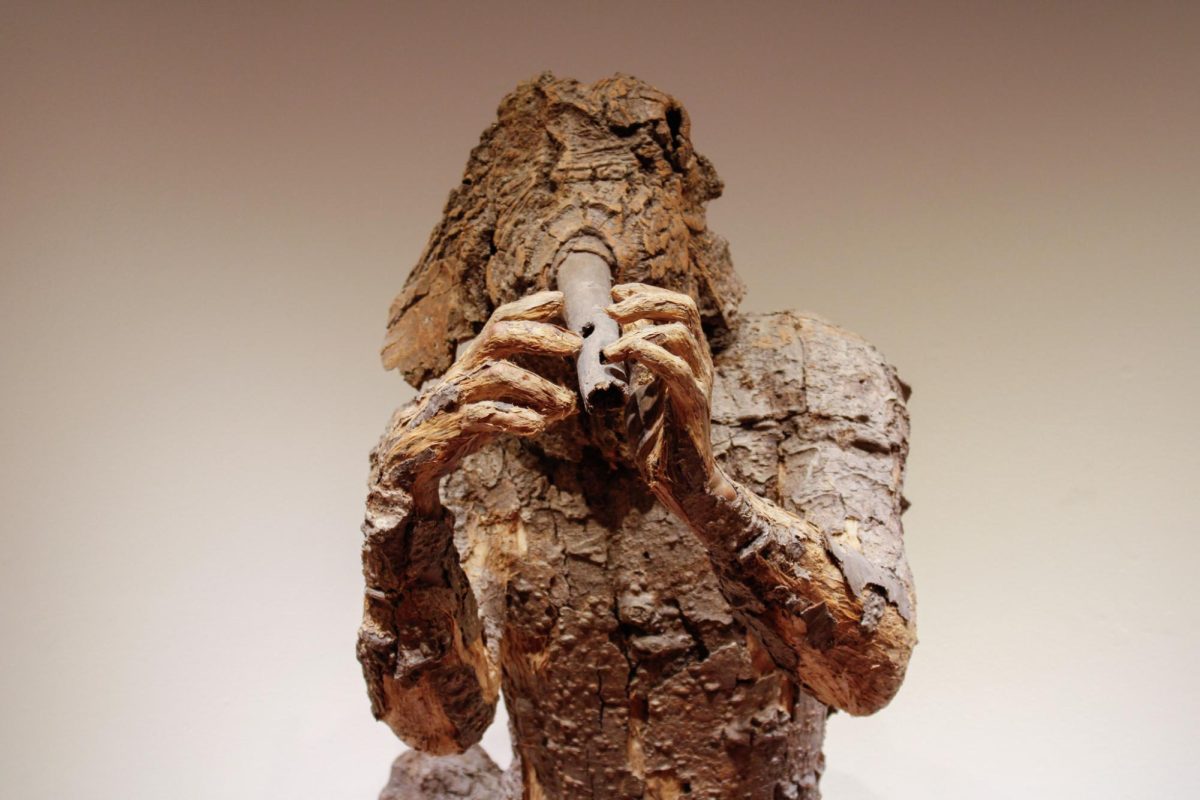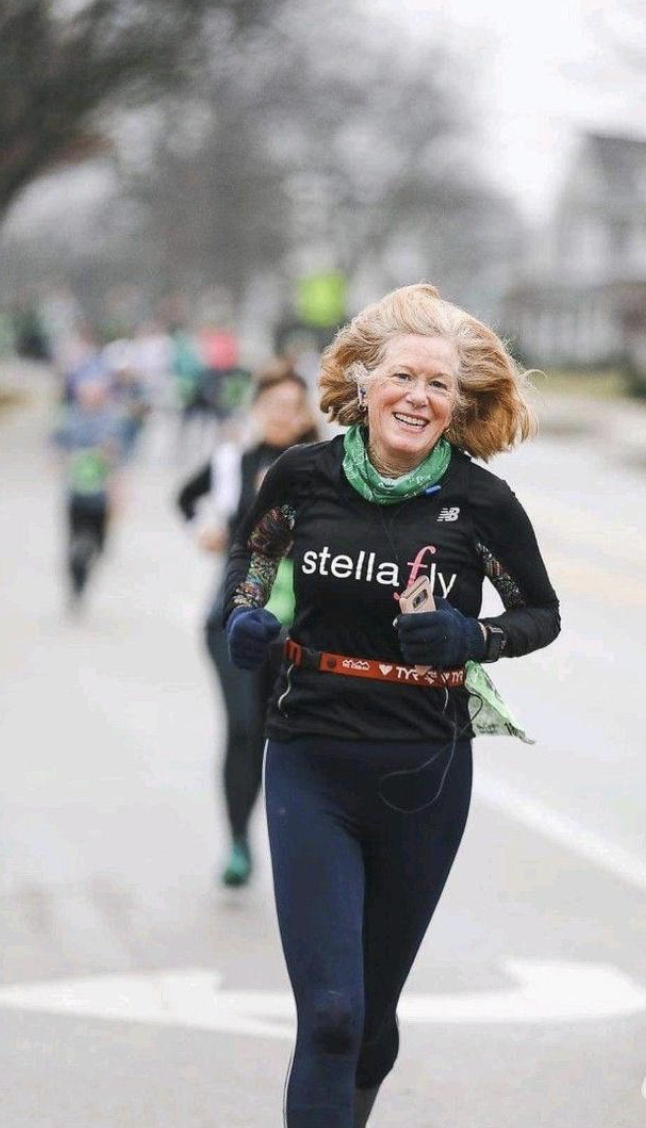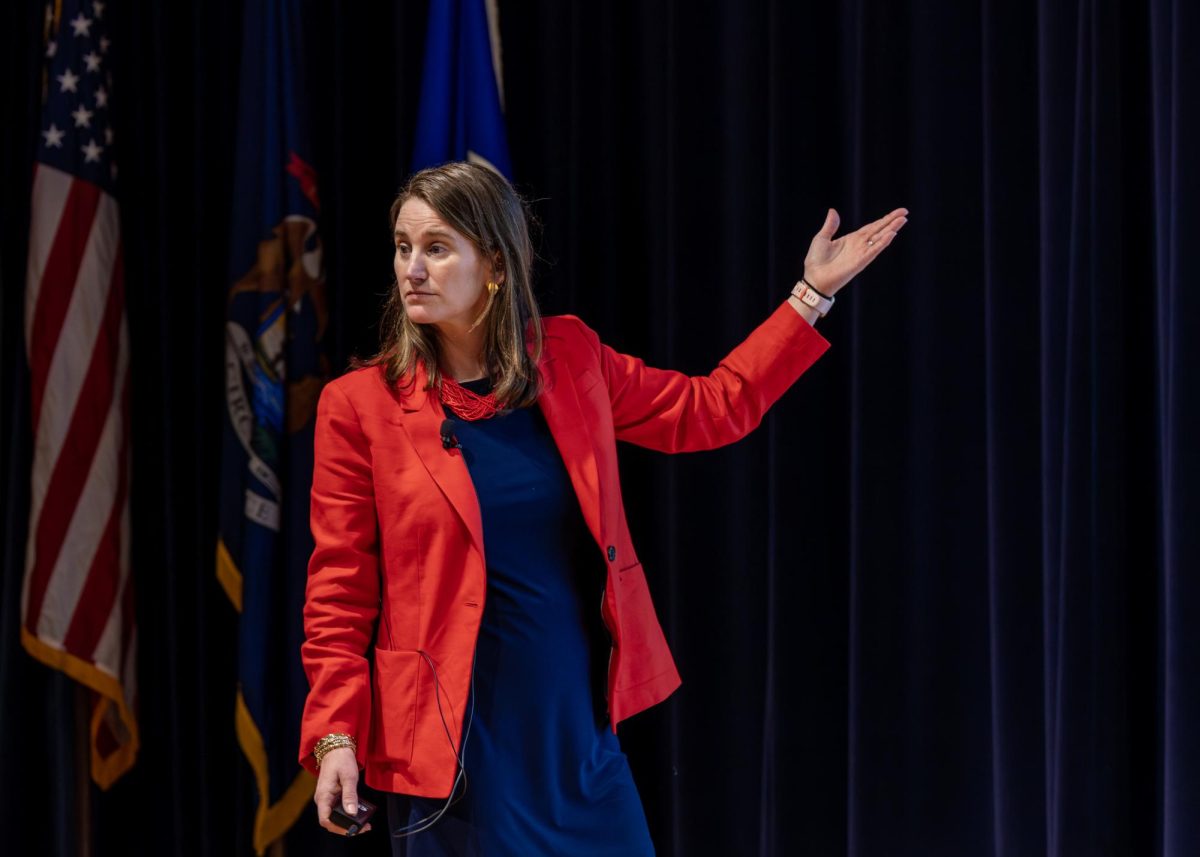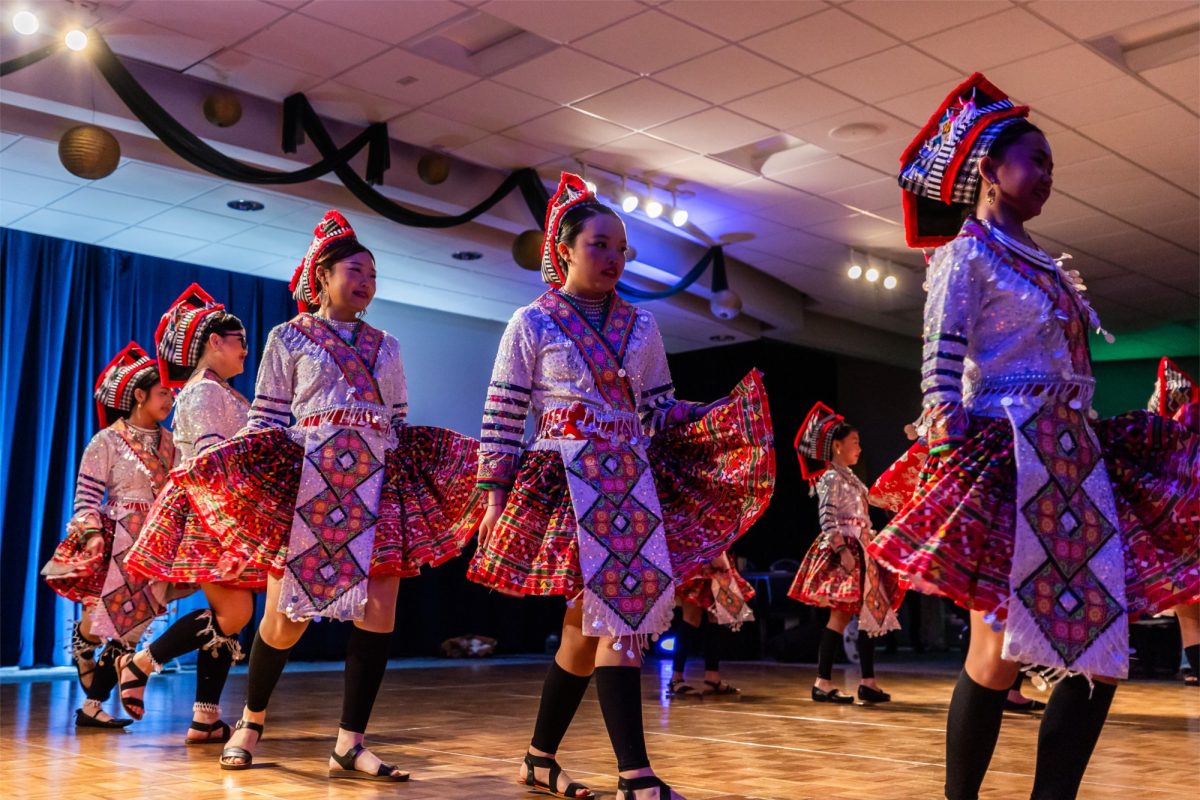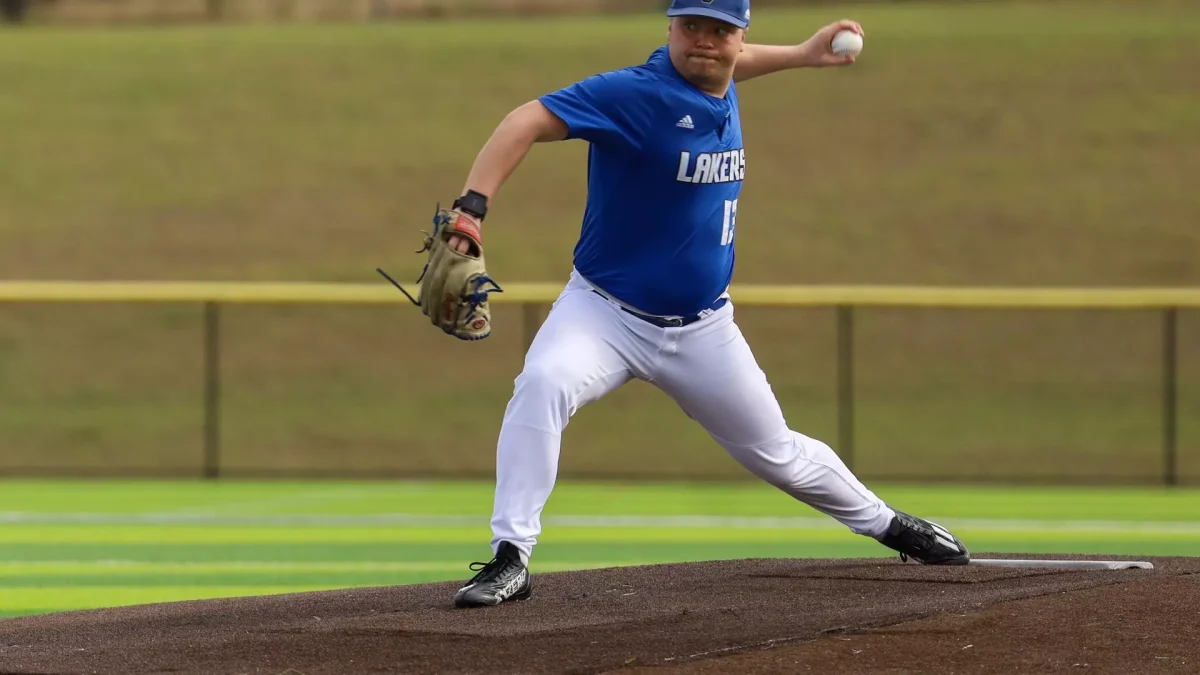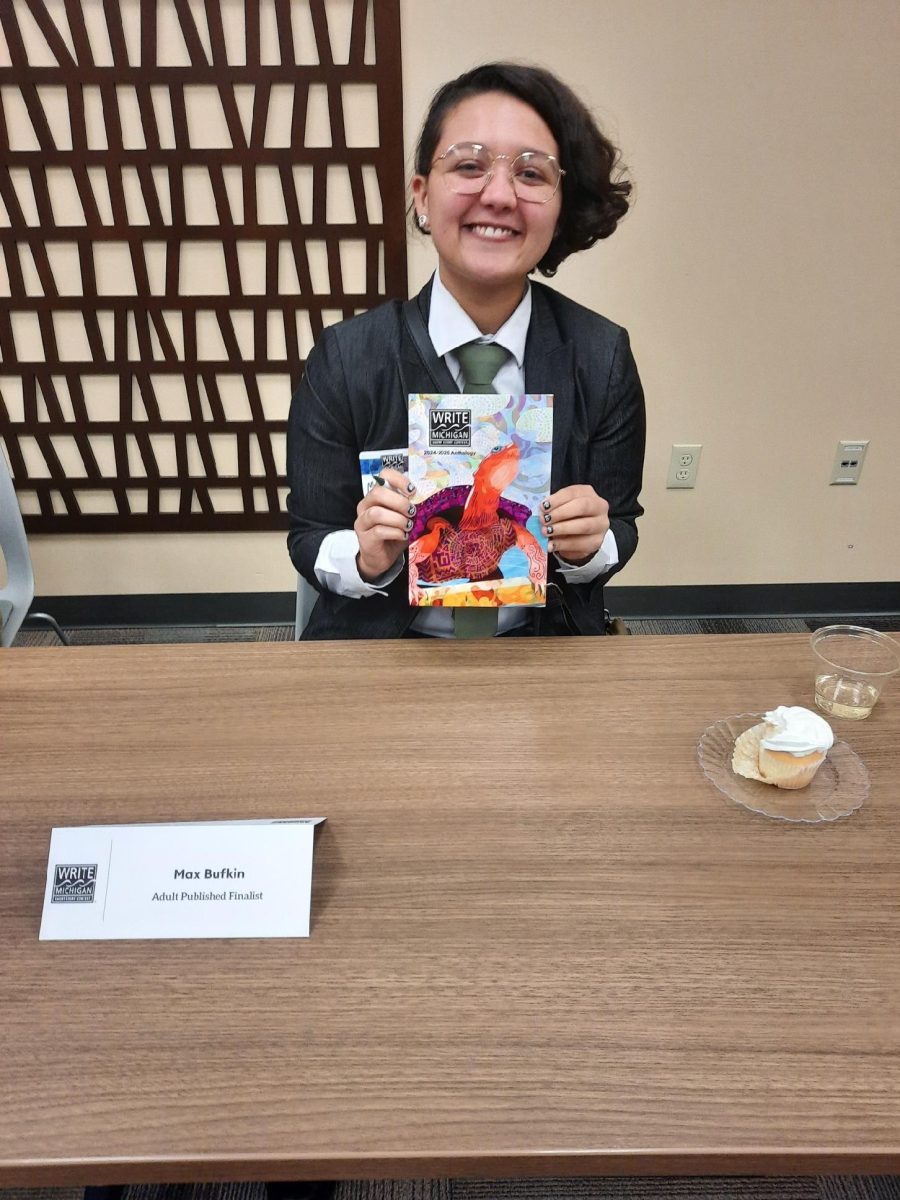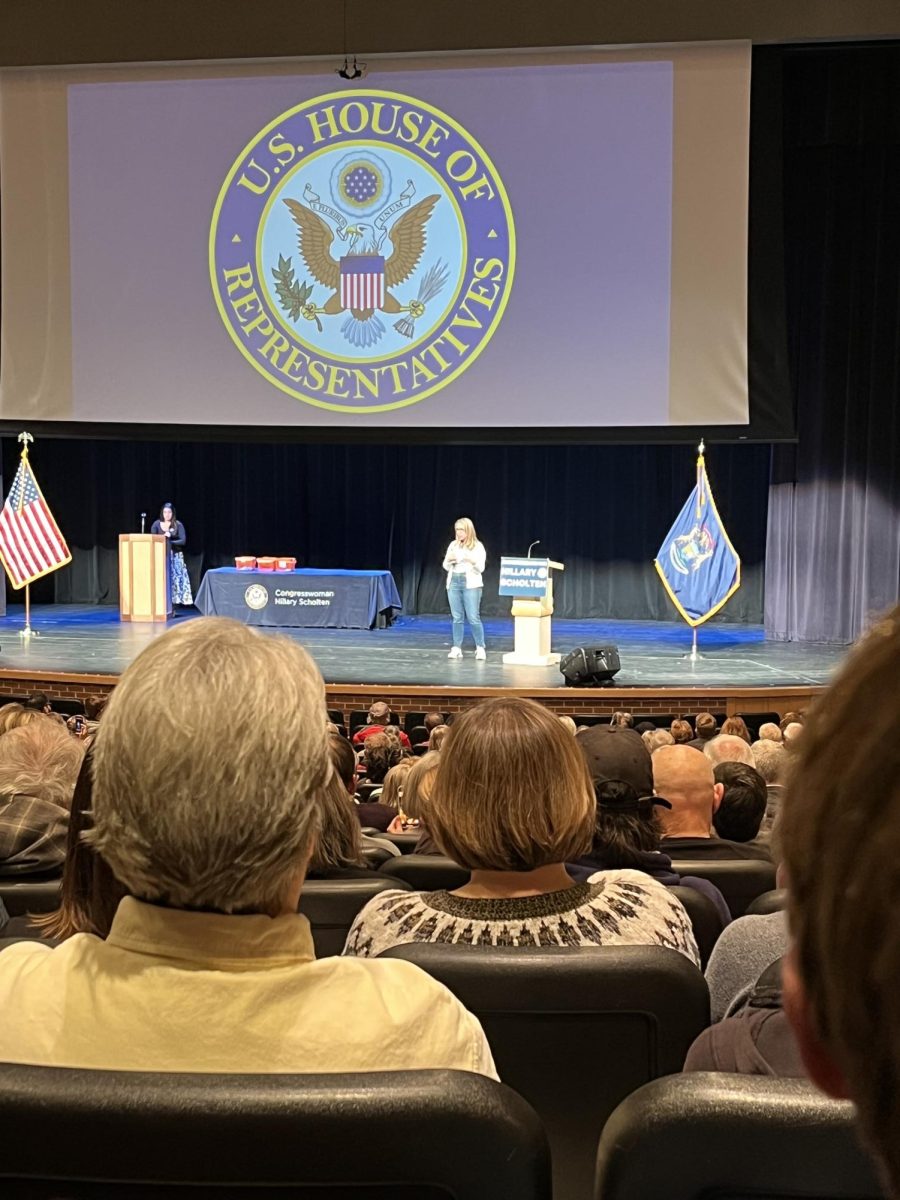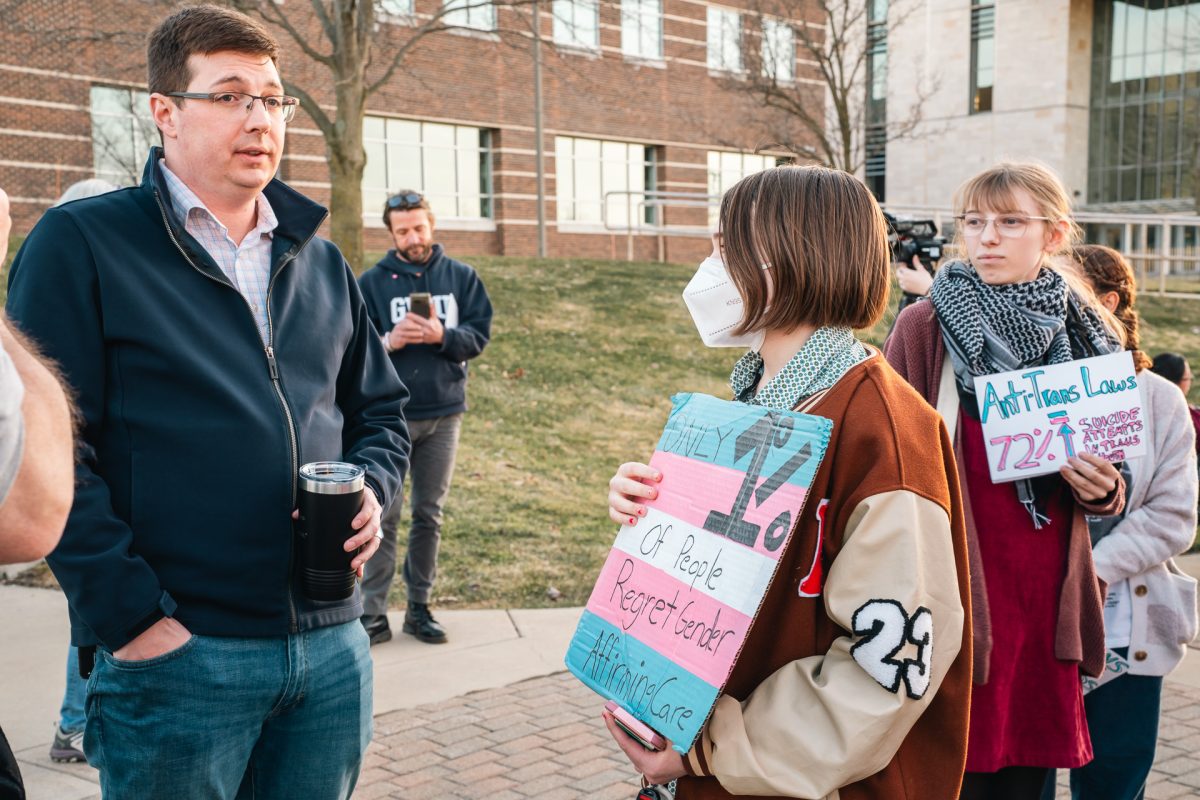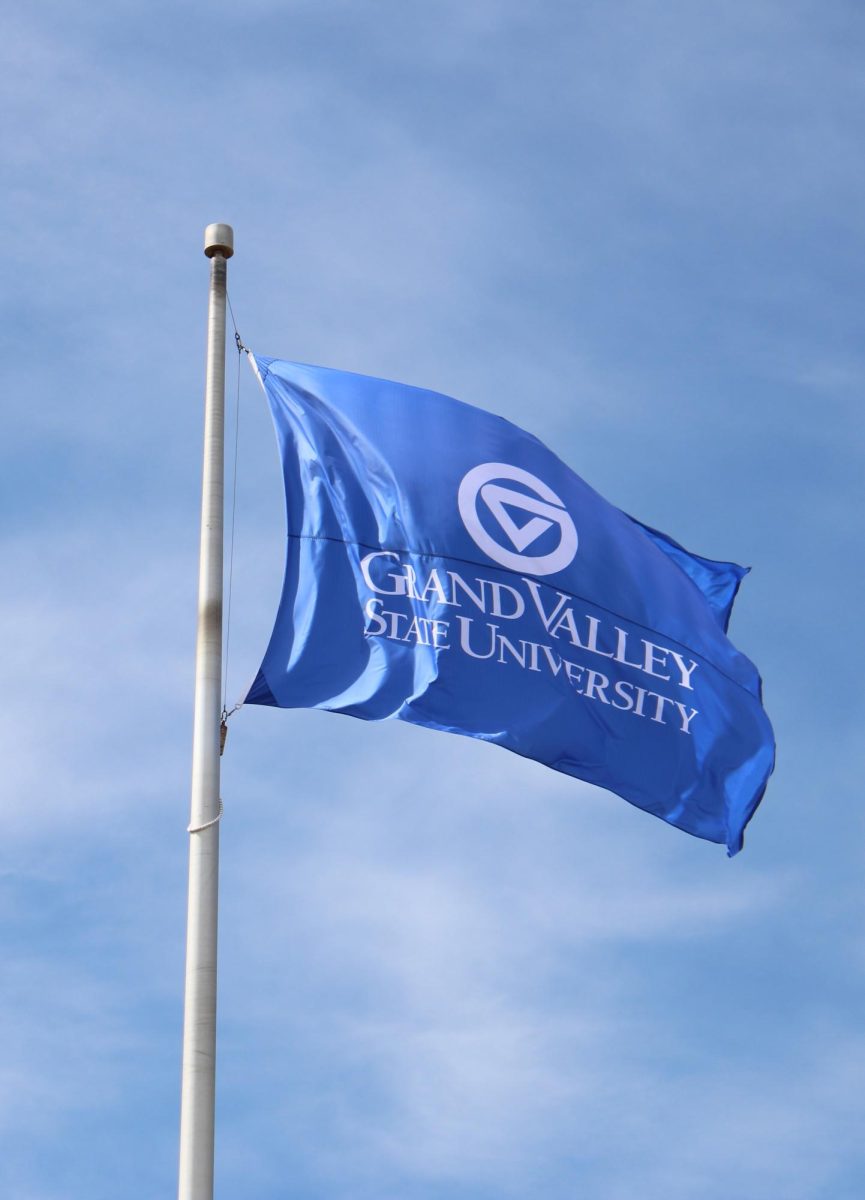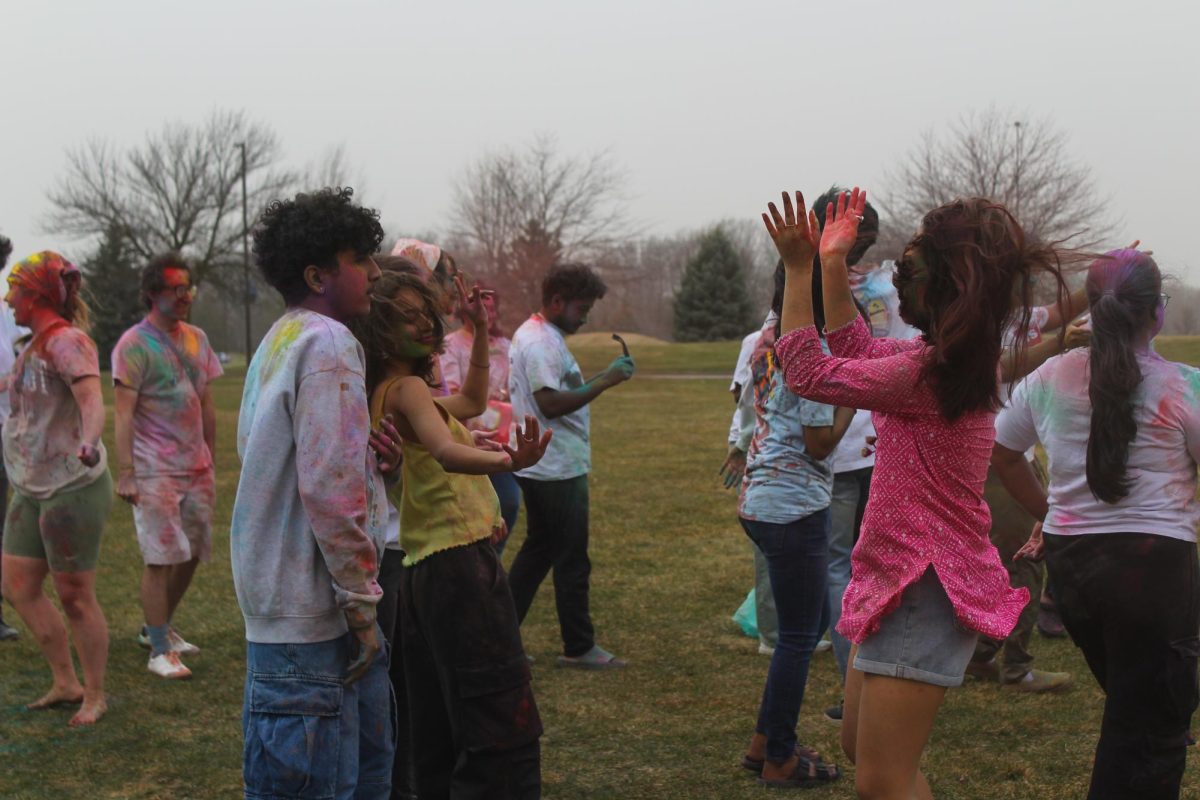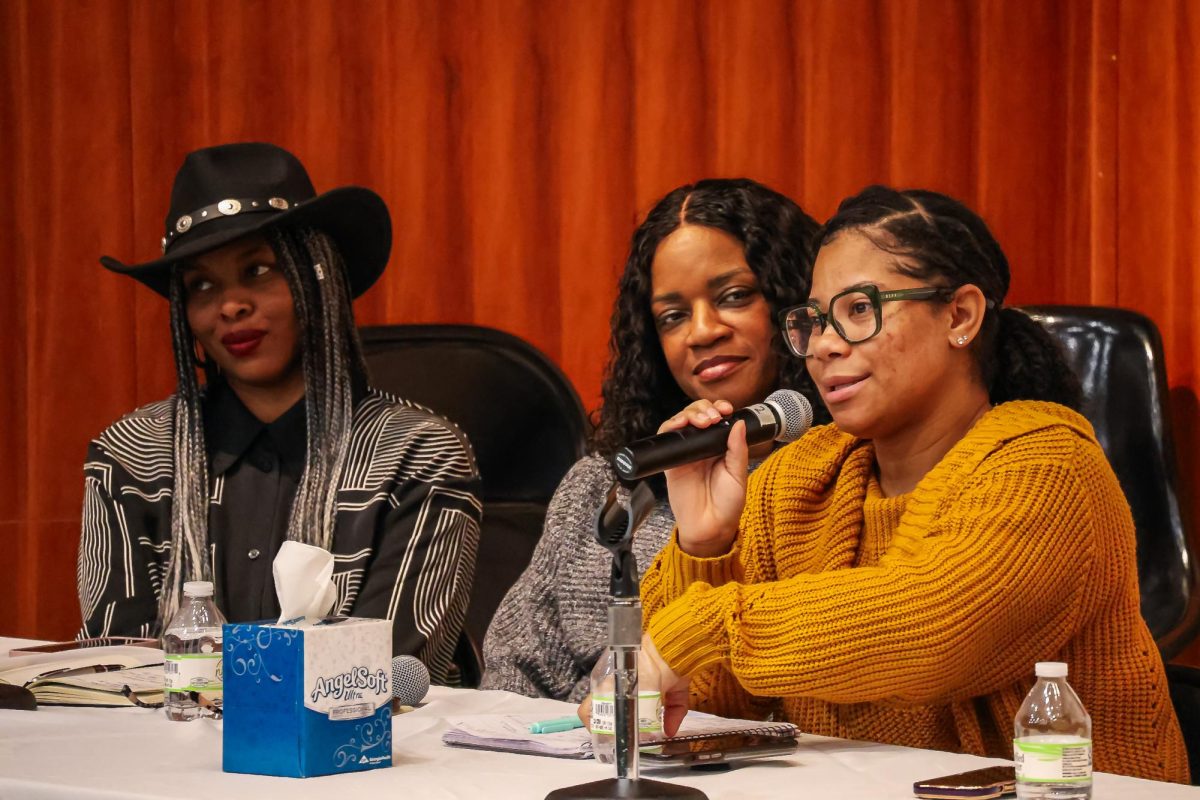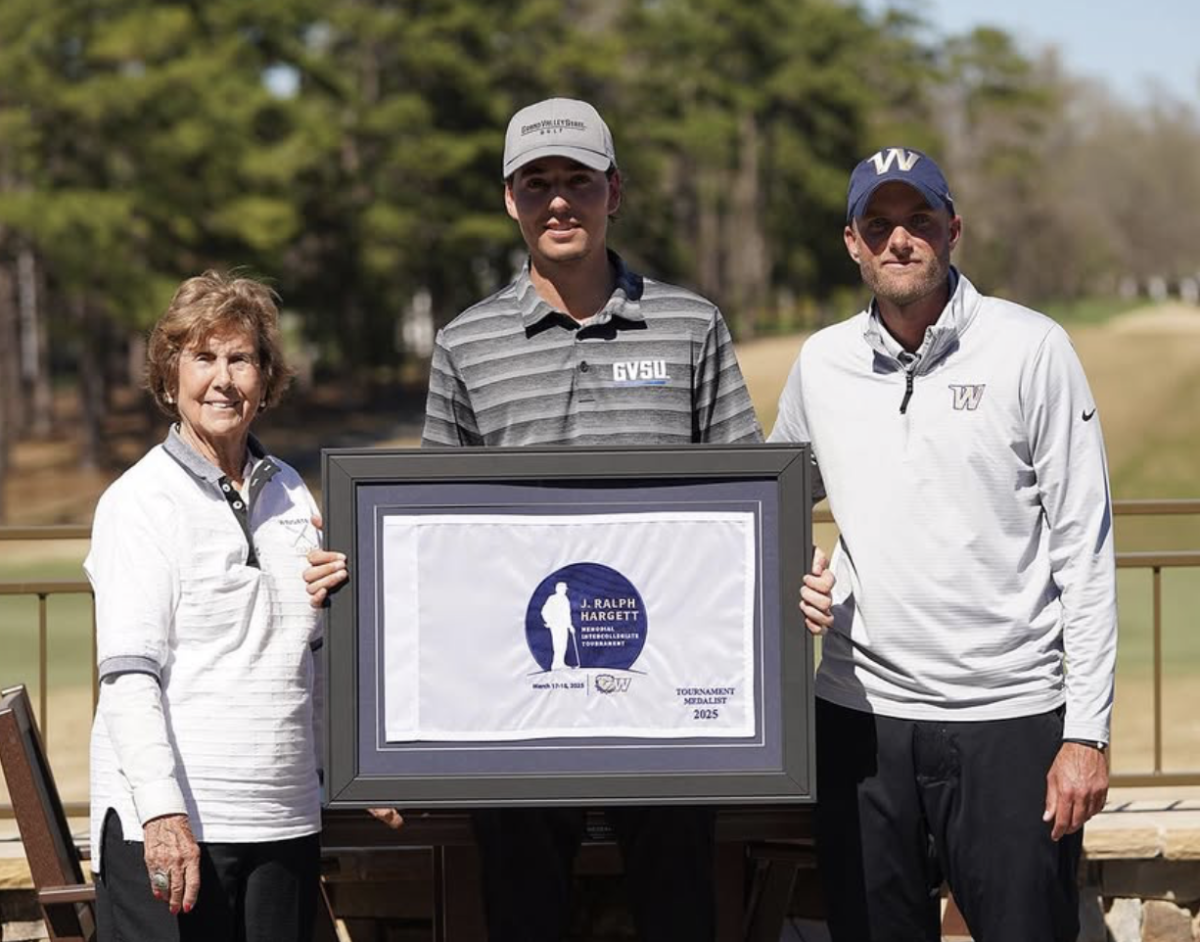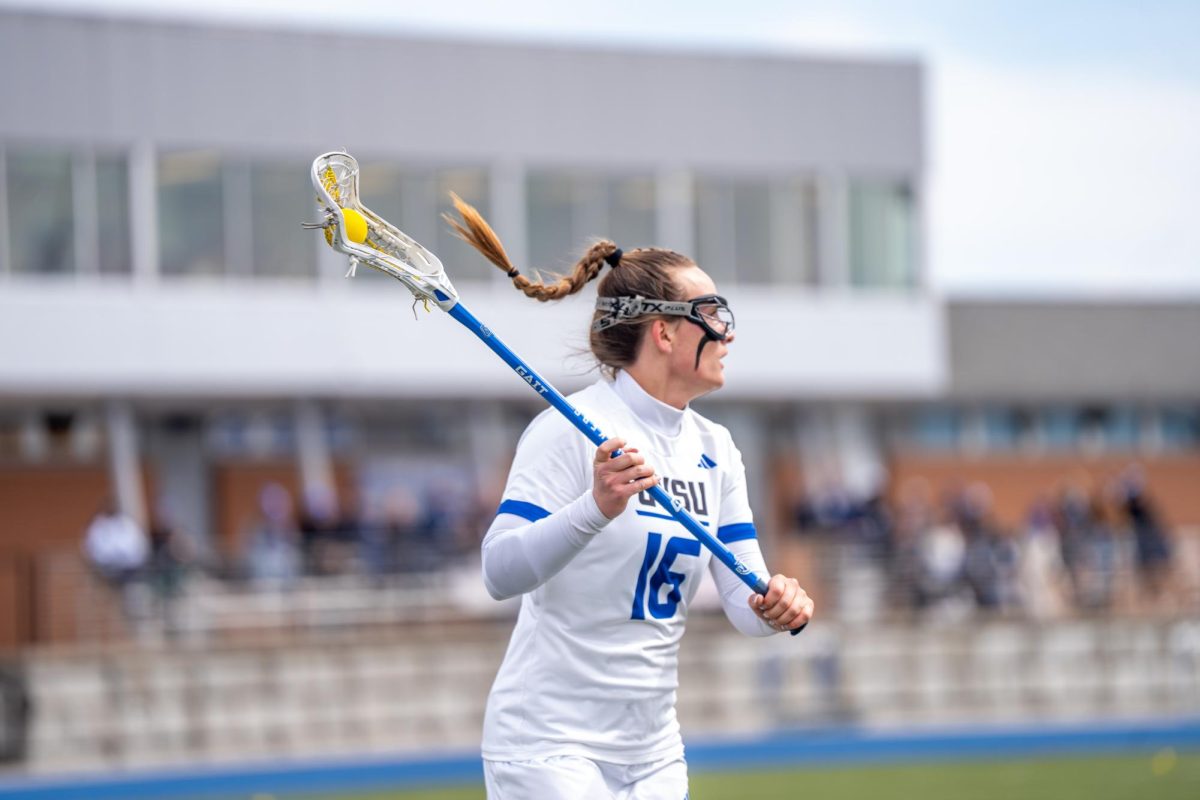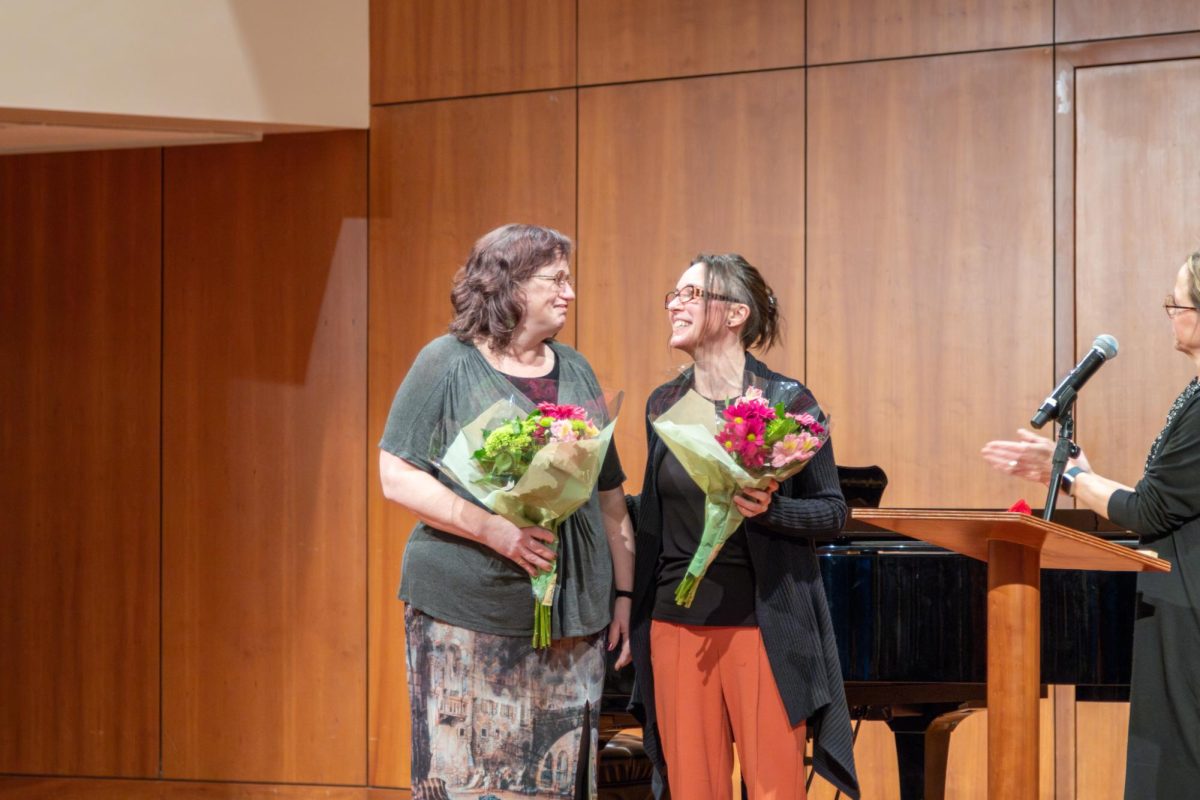GV offers Social Justice Education to students and faculty
Director Relando Thompkins-Jones presenting on Martin Luther King Jr. Day in 2019. Courtesy / Thomkins-Jones.
Jan 20, 2020
Director of Social Justice Education Relando Thompkins-Jones is inspired by Martin Luther King Jr.’s words, “Be true to what you say on paper.” Thompkins-Jones goal is to use education as a means to help people identify and see how they can use themselves to lesson the distance between what we say we are as a community and how that’s actually felt and experienced by everyone. As a result of wanting to expand this knowledge, Grand Valley State University’s Division of Inclusion and Equity is hosting multiple in-depth trainings in Social Justice Education.
“Social justice education is a unit that provides trainings, workshops and opportunities when it comes to understanding topics on inclusion and equity,” Thompkins-Jones said.
These trainings will be held throughout the semester and cover a wide range of topics helping not only faculty and staff, but students as well. The topics included in the trainings are Shifting the Narrative, Understanding the Cycle of Socialization and Storytelling for Social Justice.
“Through some conversation, activities and critical reflection that takes place as a result of attending, the hope is that they can discover how they can best make sure for themselves all the ideals and statements for inclusion that we have here at Grand Valley,” Thompkins-Jones said. “How they can make sure we are living this out through whatever their roles may be.”
Thompkins-Jones and D. Hollowell, Social Justice Educator and Coordinator, will be leading the trainings.
“We talk about a variety of things, from thinking about implicit bias (to) understanding microaggressions, and we have one that is coming up about understanding the cycle of socialization,” Thompkins-Jones said.
The training on the Cycle of Socialization further discusses how the messages we hear growing up contribute to how we view ourselves and how we view other people. It also explains what this means in our positions of authority and influence.
“If we haven’t had a lot of critical thoughts about some of the messages we have heard about other groups that are incorrect, that’s where a lot of bias comes in and we can make decisions that can create disparities and outcomes among folks,” Thompkins-Jones said. “That one is really reaching back to when we were younger and thinking about our earliest messages we received about ourselves and other people and how those messages still impact us today.”
“Shifting the Narrative” will be the first training held Tuesday, Feb. 4 and Tuesday, Feb. 11 from 1-3 p.m. in the Kirkhof Center room 2263. This workshop focuses on examining the ways we think and talk about critical issues.
“We ask participants to think critically about the ways in which we frame stories and how the way we frame the story changes the story,” Thompkins-Jones said. “In particular it asks us to look at different inequities that exist in society and how often folks who are on the receiving end of discrimination are often blamed for the discrimination they experience.”
“Understanding the Cycle of Socialization” will be Tuesday, Mar. 10 and Tuesday, Mar. 17 from 1 -3 p.m. in the Kirkhof Center room 2263. The workshop will give people the opportunity to reflect on ways they have been socialized and identify the lasting impact. “Storytelling for Social Justice” will be Wednesday, Apr. 1 and Wednesday, Apr. 8 from 1-3 p.m. in Kirkhof Center room 2215/2216. In this workshop, attendees will inspect critical moments that contributed to their passion for social justice issues.
Anyone can come to Social Justice Education workshops. Students, faculty and staff can register at gvsu.edu/sprout. All they need to do is log in using their GVSU network login and password and search “Storytelling for Social Justice” to join.
“We also work with individual departments as well,” Thompkins-Jones said. “If there is something a student group or department would like for us to do, they can reach out to us for consultation.”
The trainings encourage students and faculty to think about who they are, what they are bringing into the environment, what their relationship is to power and privilege and how that ultimately influences their decision-making in the world.





